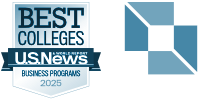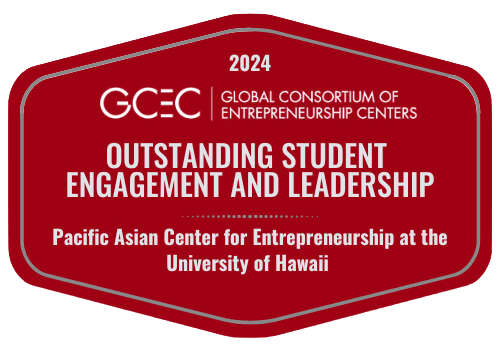ROUND 1: SLIDE DECK AND BUSINESS SUMMARY GUIDE
GUIDELINES & INSTRUCTIONS
Upload your Slide Deck and Business Summary as PDF files via the online submission form.
Business Summary file must be no more than 7 pages, including 1 page for the Cover Sheet, 1 page for the Business Summary, up to 4 pages for appendices, and up to 1 page of references. File must be no more than 2 MB in size.
Slide Deck must be no more than 10 slides. File must be no more than 5 MB in size.
Files must be in PDF format. No other formats will be accepted.
BUSINESS SUMMARY FORMATTING GUIDELINES
- COVER SHEET:
- Business Name
- Names of all team members (include program of study for students)
- SUMMARY:
- 1 page (8.5”x11”) double-spaced
- Font size no smaller than 12pt
- Margins of at least 1 inch on all sides
- Your summary should be written in narrative form. Start with a compelling description of your product or service. What was the inspiration for the business or how did you come up with the idea? Why will your team be successful in tackling this? What else should the judges know? Remember that the judges are learning about your business idea for the first time.
- APPENDICES:
- You may attach up to 4 pages of appendices.
- REFERENCES:
- You may attach up to 1 page of references.
SLIDE DECK FORMATTING GUIDELINES
- SLIDE 1:
- Business Name
- Define the business in a single sentence
- Names of all team members
- SLIDES 2 TO 10:
- Address the submission prompts below
- It may be helpful to also review the judging criteria
SUBMISSION PROMPTS
- VALUE PROPOSITION: Describe the problem the business solves. What does the business do to solve the problem? What makes the business’s solution attractive to its customers?
- MARKET OPPORTUNITY: Describe the existing market. Explain how the company fits into the market and the company’s ability to capture part or all of the market.
- CUSTOMER DISCOVERY AND SEGMENTS: Describe the business’s customer(s) and how the business will discover customers.
- PRODUCT MARKET FIT: Describe how the business knows that it has successfully identified the target market for its product/service. Describe insights gained from customer validation activities (e.g., interviews). Would customers pay for the business’s product or service to meet their needs?
- COMPETITIVE ADVANTAGE: Describe the company’s competitors and what sets the company apart from the competition. What is the company’s timeline for reaching the market? Explain any factors that provide the company a competitive advantage or disadvantage. Examples of factors could include market volatility (i.e., local, national, or global events), intellectual property that the company is developing (i.e., new technology, trade secrets, etc.), and so on.
- PRODUCT OR SERVICE DEVELOPMENT FEASIBILITY: Describe the current state of development of the product or service and how the company knows that the product or service is viable.
- FINANCIAL FEASIBILITY: Describe the company’s business model and plans to take its product or service to market.
- OPERATIONAL VIABILITY: Describe how the company’s team members’ skillsets enables it to execute all of the above and how the company will respond to challenges.
- SUSTAINABILITY: Describe if an how the company minimizes its environmental impact.
A unique submission link was included in the confirmation email sent to the Team Leader.
Deadline: Tuesday, February 25 at 11:59 PM HST
RESOURCES
phone: (808) 956-5083
fax: (808) 956-5107
email: pace@hawaii.edu
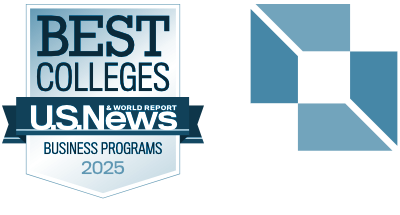
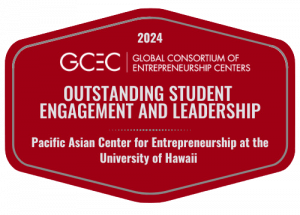

phone: (808) 956-5083
fax: (808) 956-5107
email: pace@hawaii.edu
